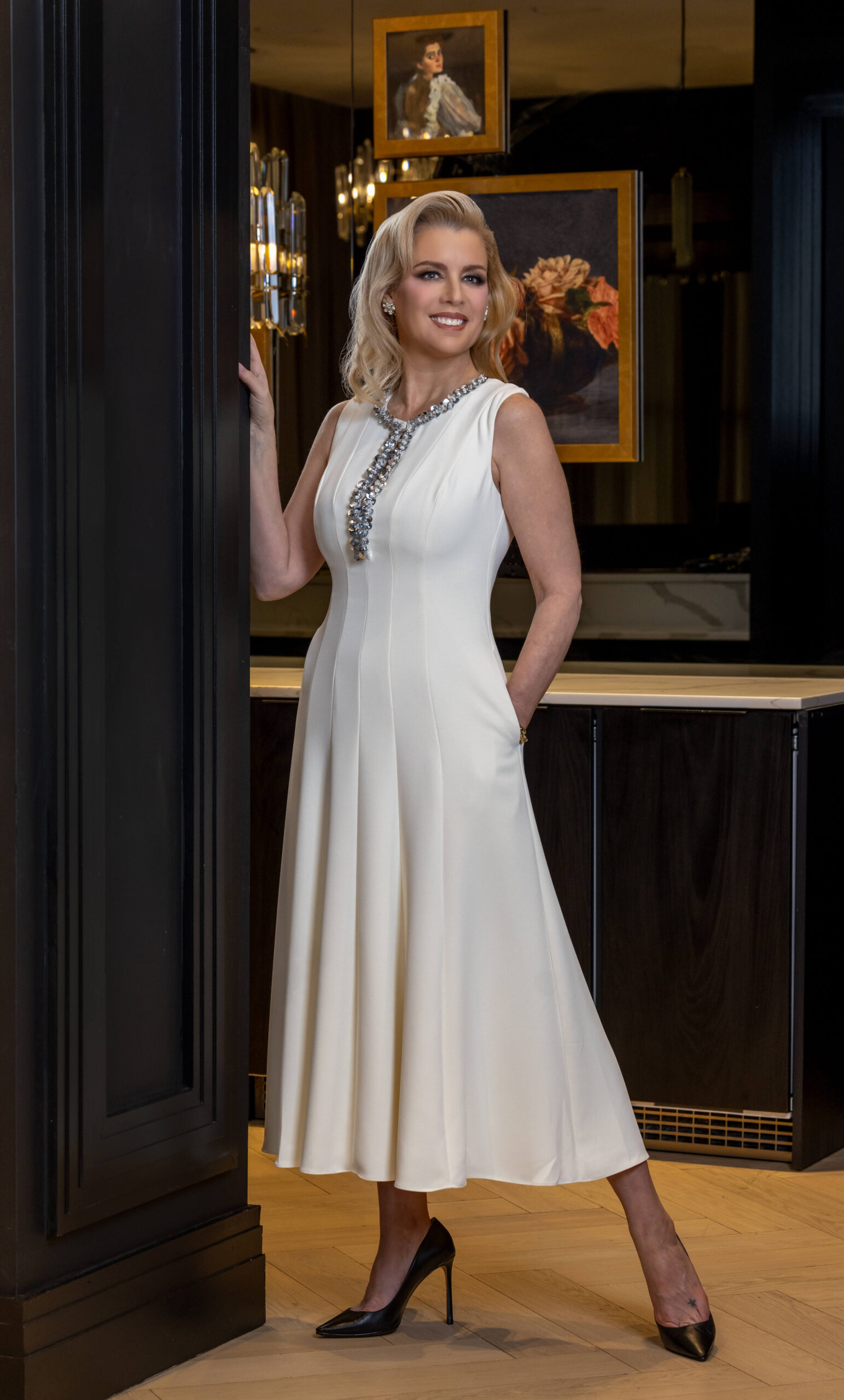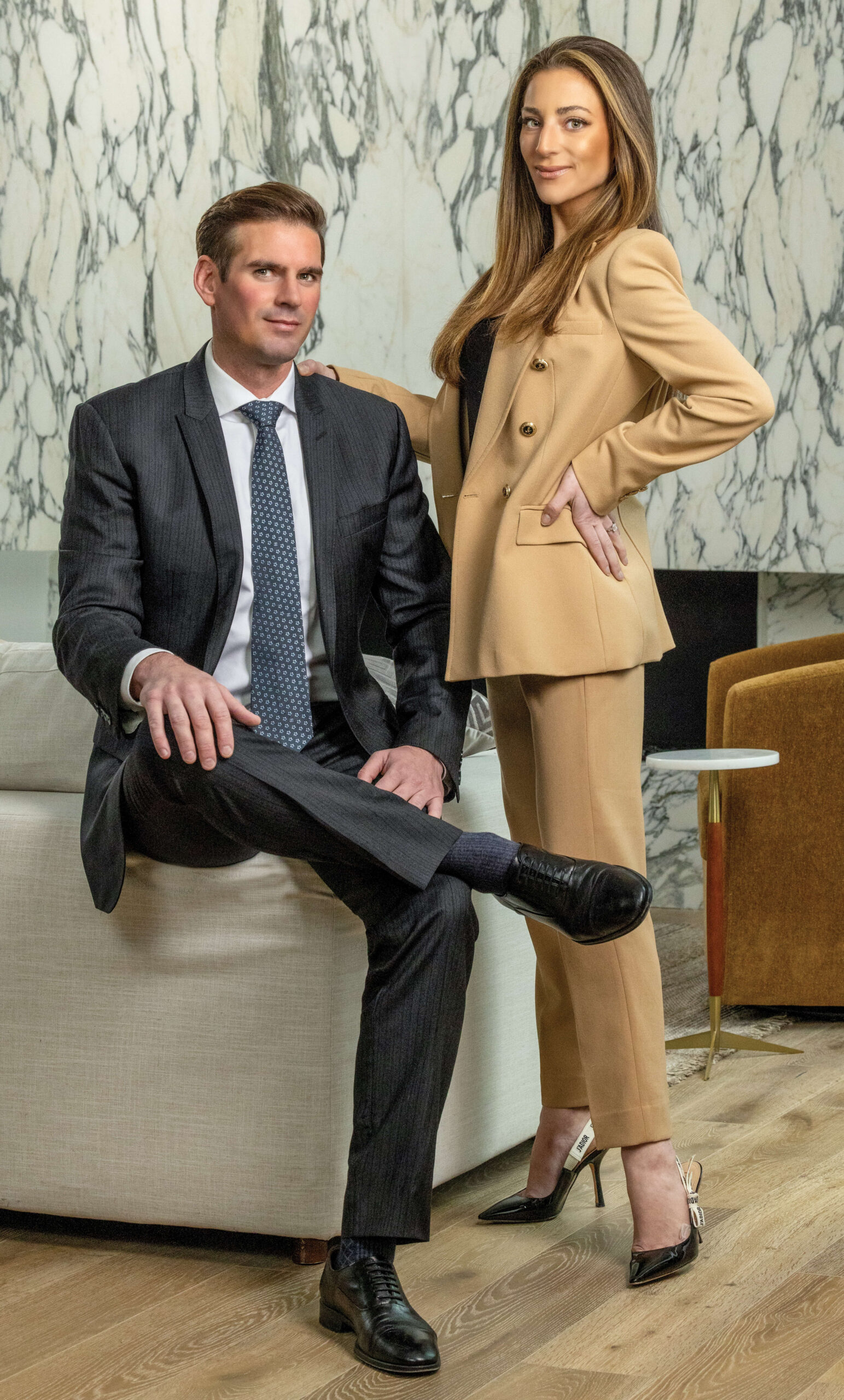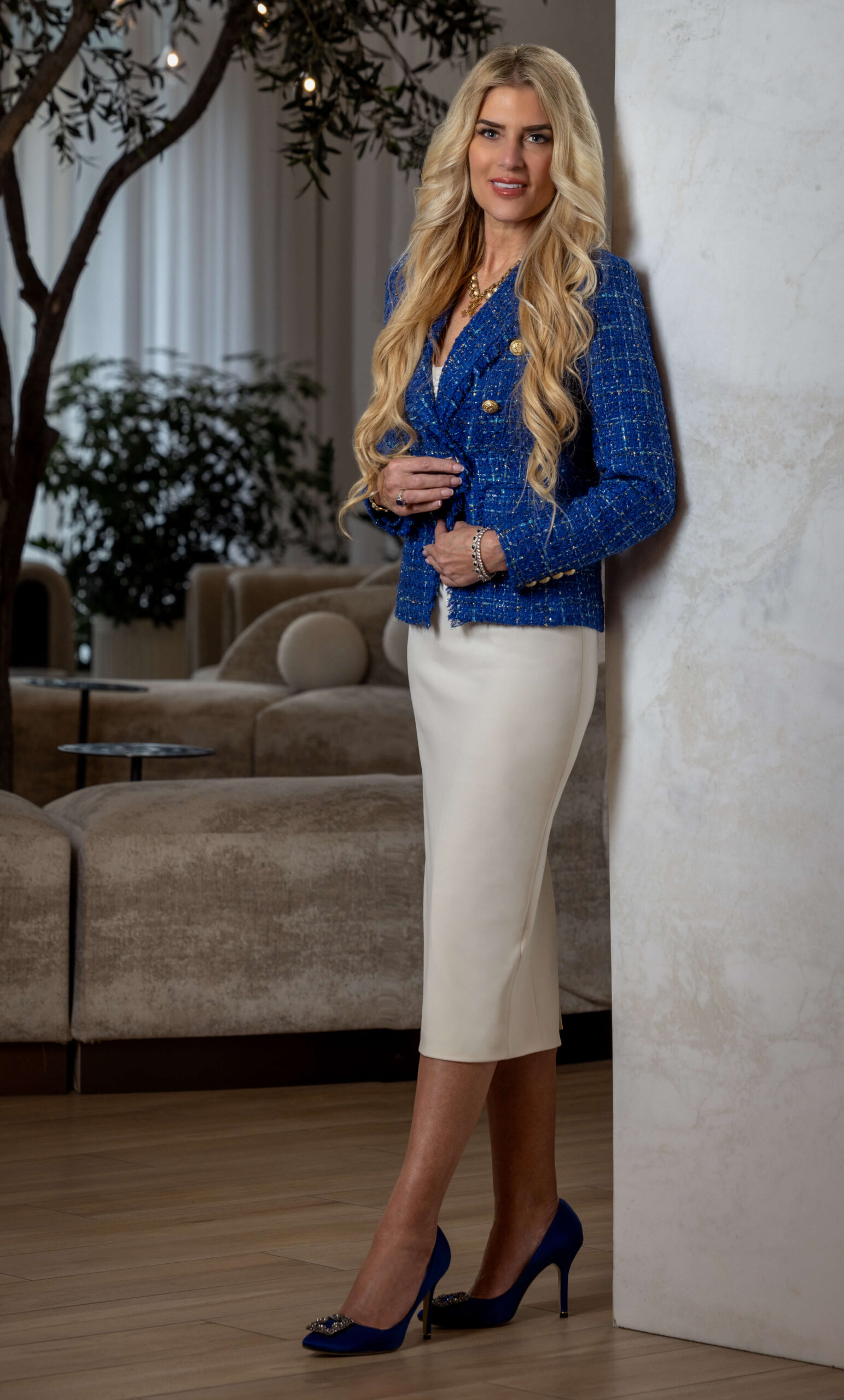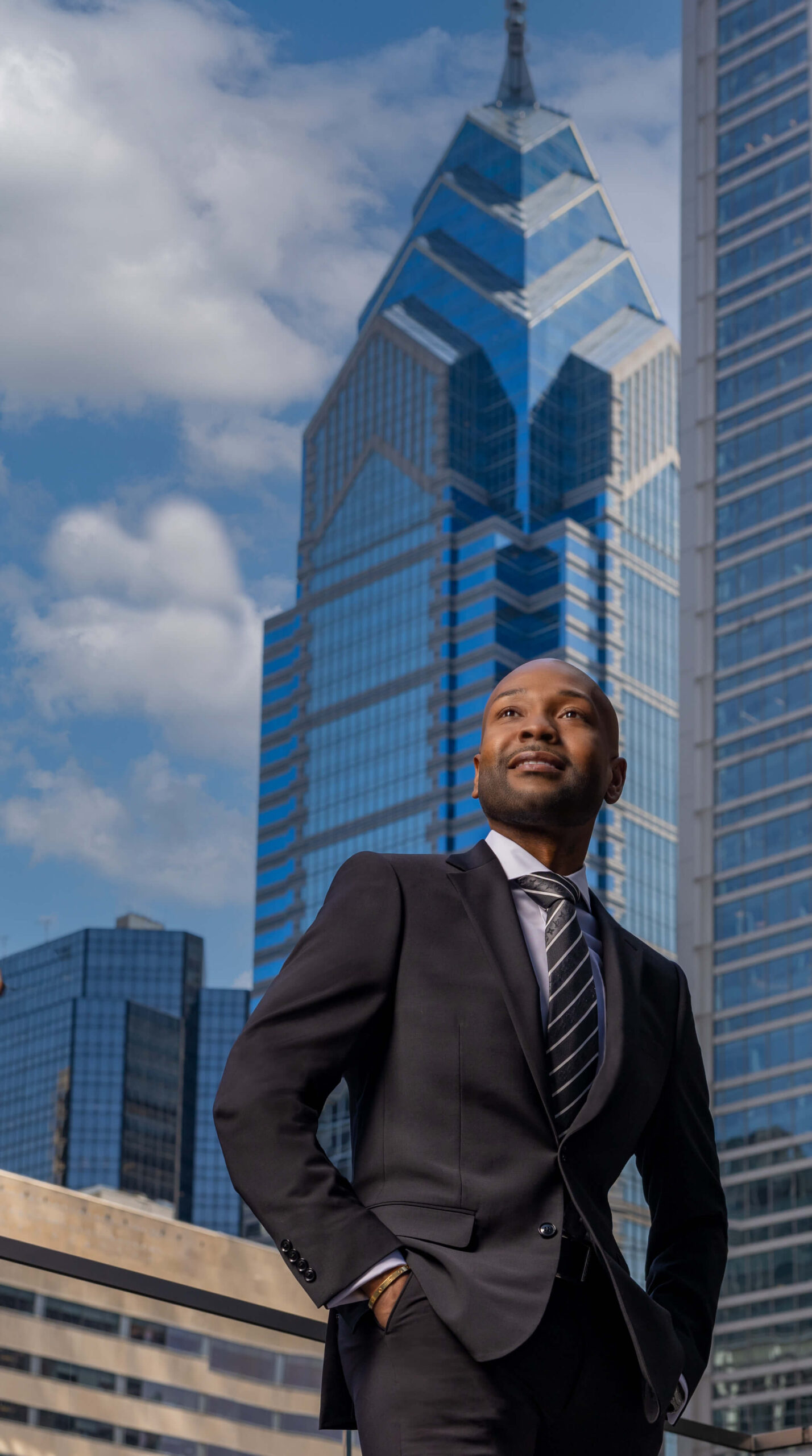In the art of portrait photography, a location is so significant – it's a storytelling element that can make or break the very essence of the photo.
Every professional from a lawyer to a fitness trainer needs their unique tale to unfold through the lens, and it begins with the canvas behind them.
Here’s a comprehensive guide to how you can choose the perfect location for your next portrait photo.

Choosing the right location to capture your photo is vital to success. Philadelphia portrait photographers have so many breathtaking options in the city. It makes sense to use them.
Locations are an extension of the subject’s persona. They can transform an average photoshoot into an exceptional one.
Envision the regal aura of a lawyer framed against the backdrop of a stately library or the dynamic presence of a fitness coach in the urban landscape. Studio sessions against plain white backgrounds fail to accomplish this look.
The right location casts a permanent mark on your subject’s image, lending it depth and context.

When selecting a location for portrait photography, several factors must be taken into account. Understanding these variables will help you to make the right selection.
Lighting is everything in photography.
Natural light can impart a soft, flattering glow to the subject’s features, but it demands keen timing and location. Artificial light sources, on the other hand, offer consistency and control, be it in a dimly-lit interior or daylight studio setting.
Photographers always chase the light. The choice of location often depends on the quality and direction of light. However, when natural light casts harsh shadows or creates uneven tones, artificial lighting, such as strobes, comes into play. Strobes help to balance the light.
Mastering both natural and artificial light is crucial for creating compelling portrait photography.
The background of your portrait sets the scene. It should enhance the subject. For instance, a marketer might opt for a bustling cityscape, whereas a public speaker may prefer the sophisticated interior of a conference room.
Backgrounds should make sense for the person in the photo. On top of this, choose the right angle.
Photographers must consider safety hazards that could impact the shoot. Inclement weather poses the risk of damaging equipment. Subjects prefer to avoid windy days and getting their clothes wet, too.
Similarly, locations with pedestrian traffic cause unwanted distractions, and also compromise the privacy of the shoot. Try placing portrait photography subjects in a tranquil atmosphere. This keeps your subject remains at ease, allowing for more authentic poses and expressions.
Locations must be accessible, both in terms of physical entry and the comfort they afford your clients. An easy-to-reach location with ample parking and a comfortable environment will put your clients at ease and ensure a smoother shooting experience.
Picking the right outfit can play a role in this, which is why we've also developed a fashion guide.
Great locations make it easier for photographers to transport equipment. Obstacles can complicate logistics. Accessible locations save time and add convenience. Easy access for heavy lighting equipment, cameras, or props will allow photographers focus on capturing the perfect shot.
Thus, easy equipment transport is key for efficient and productive sessions.
To elevate portrait photography, focus on composition. A good composition has a foreground, middle-ground, and background to create a layered look. This technique enriches the visual story and directs the viewer's focus to the main subject more effectively.
A key part of dynamic composition is using leading lines. Leading lines vary in form, but pull viewers into the photo by adding movement and depth. For instance, a portrait photographer might use the lines of bookshelves in a historic library to draw attention to a professor.
Understanding photo composition requires an understanding how visual parts interact. By choosing settings with interesting foregrounds, middle-grounds, and backgrounds, photographers can create impactful, narrative-rich portraits.

Think about this: what kind of portrait photo would take me to the next level?
Different professionals need certain locations that align with their industry and personal brand. Here, we suggest tailored location ideas designed to highlight the unique characteristics of various professions.
The creative direction of a portrait session is heavily influenced by the location. This plays a key role in the narrative. Find a setting that looks appealing, and aligns with the subject’s expertise and personal brand.
For example, showcasing a tech entrepreneur in a modern office filled with the latest gadgets can emphasize innovation and forward-thinking.
Photographers should assess locations with a creative eye. Interesting angles and perspectives can turn ordinary locations into stunning backdrops that make the subject stand out.
A successful portrait truly captures the individual’s essence. By selecting the right backdrop, photographers can craft visual stories that enhance the subject’s image and make a memorable impact on viewers.
Professionals that value trustworthiness should choose a respectable, but dynamic location. Think dimly lit libraries or operating rooms. These backdrops evoke the seriousness and depth associated with such careers.
The corporate world demands suave portrait photography. Try urban backdrops or clean, modern office spaces that convey ambition. A skyline view can serve as an epic backdrop for visionaries.
For those who motivate others, a grand settings is essential to demonstrate power. Posing a motivational speaker on an empty stage at a dramatic theater showcases them in their element.
The vitality and kinetic energy of sports and fitness can be best captured in dynamic outdoor settings or the vibrant interiors of a well-equipped gym. The action and passion integral to these roles require spaces that can accommodate movement and energy.
Homes — the very products they sell — are ideal locations for real estate agents. Sleek interior spaces with adequate natural light can depict comfort, luxury, and future potential, which is the very story a realtor aims to convey.

Our photo studio views a location scout as an essential step to portrait photography. We highly value preparation by visiting the location before arriving to capture photos. Before taking a photo, we plan a storyboard, choose creative angles, and consider lighting techniques.
Visiting potential spots at different times of the day allows you to assess the changing light and energy of the place.
Additionally, ensure you have all the necessary permits for your photo shoot. If you want to work with a Philadelphia portrait photographer at some of the best spots around, then complete a permit for exclusive access to park locations.

Choosing the perfect backdrop for your portrait requires more than aesthetics. It relies on crafting a proper narrative that reflects your unique identity and aspirations.
At our studio, we excel in selecting locations that not only complement your personal brand, but also bring your story to life. Bold portrait photography must resonate with authenticity and vivid detail.
Elevate your professionalism with a photo that does more than just capture your likeness or approachability - it encompasses who you are in a creative way.
Let Phil Kramer, a portrait photographer in Philadelphia, transform your vision into a captivating reality. Contact the studio for more information!

"*" indicates required fields
© 2026 pkphoto.com. All Rights Reserved. Privacy Policy. Sitemap.